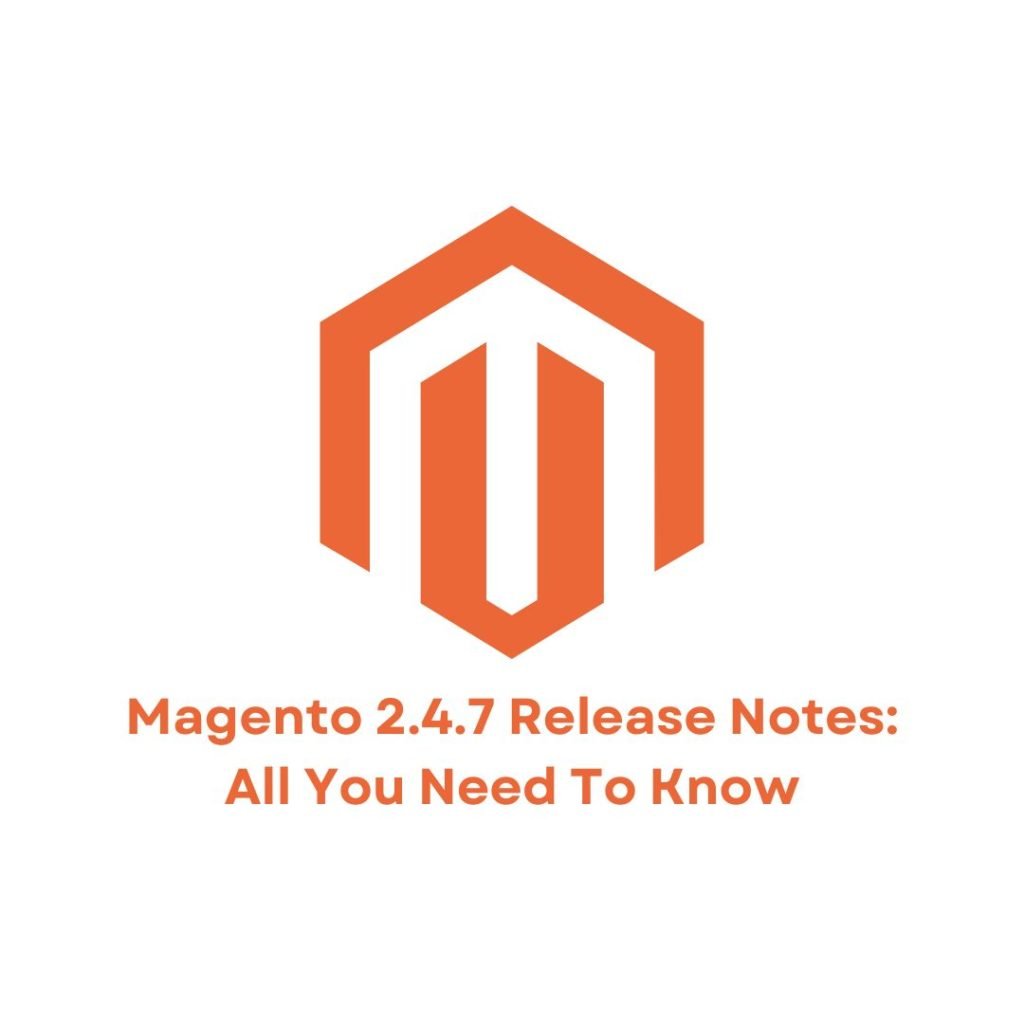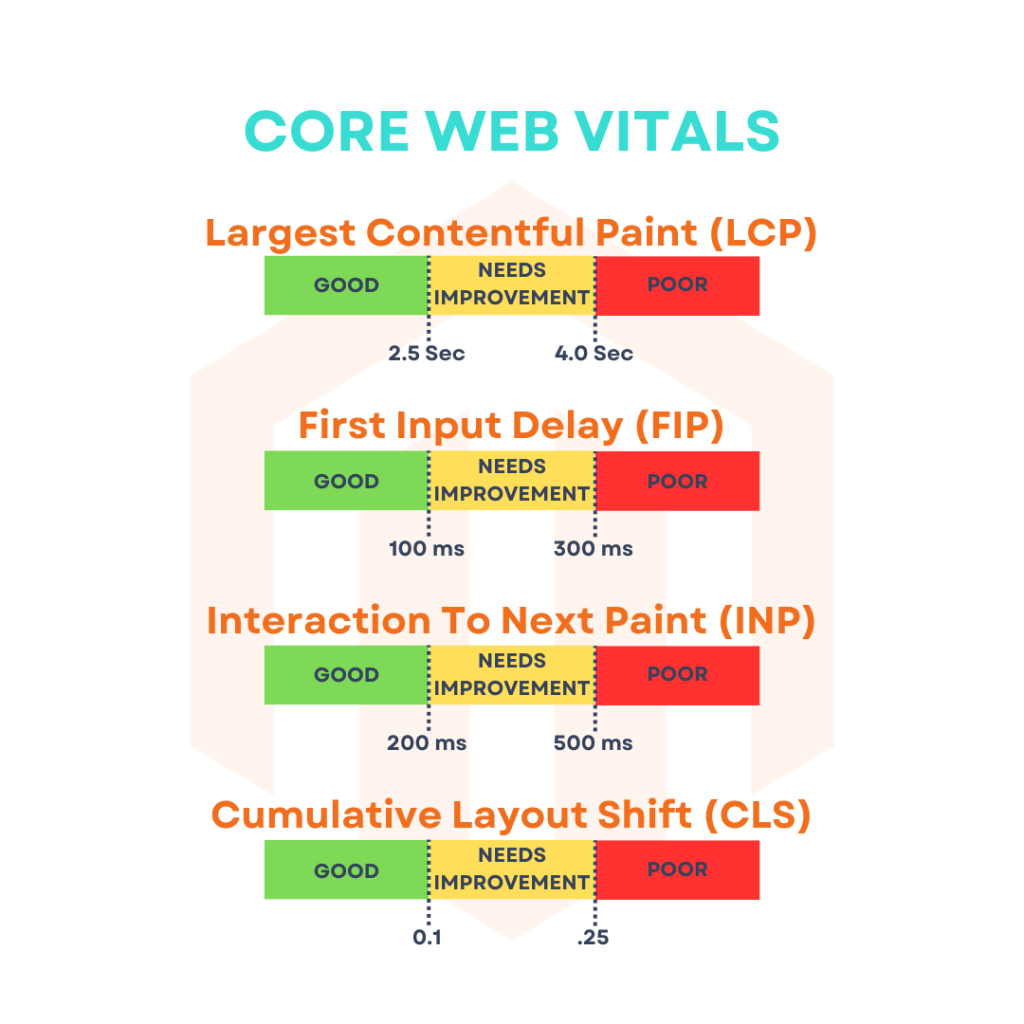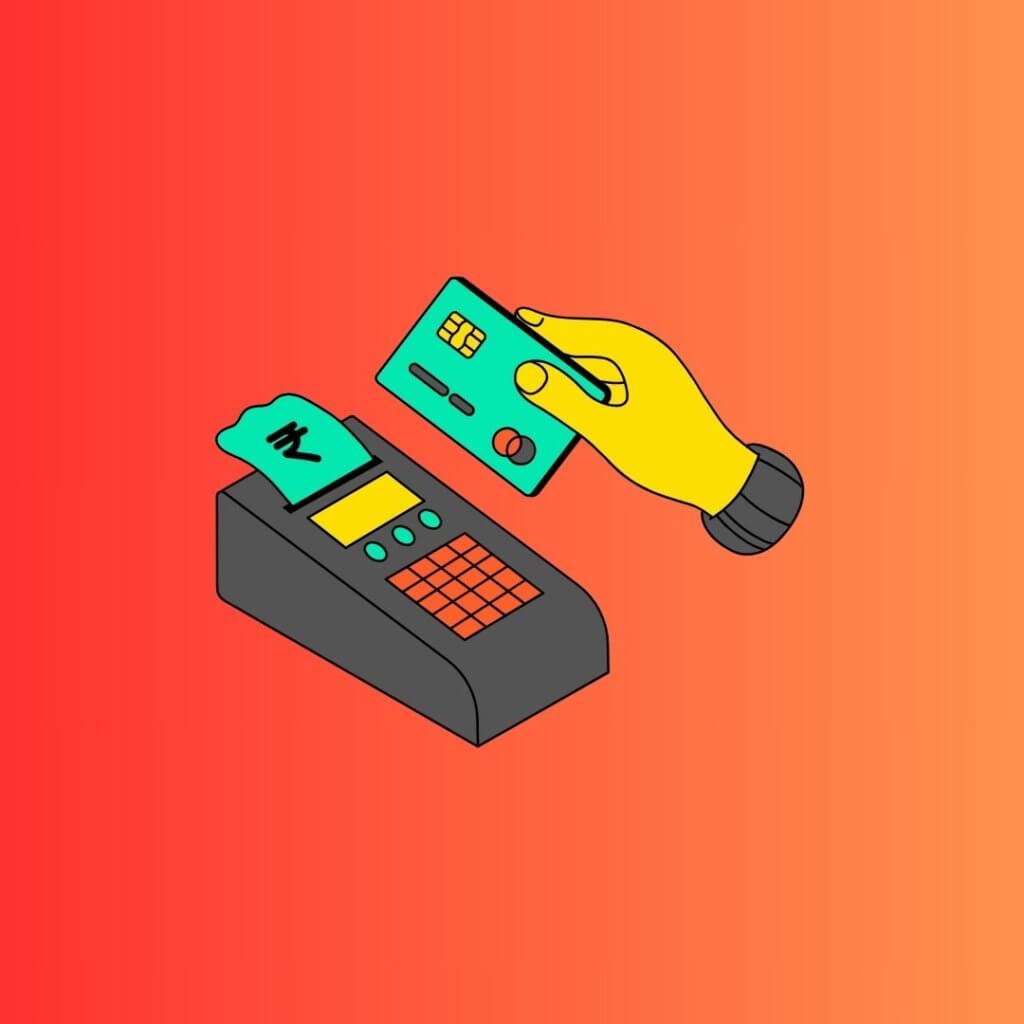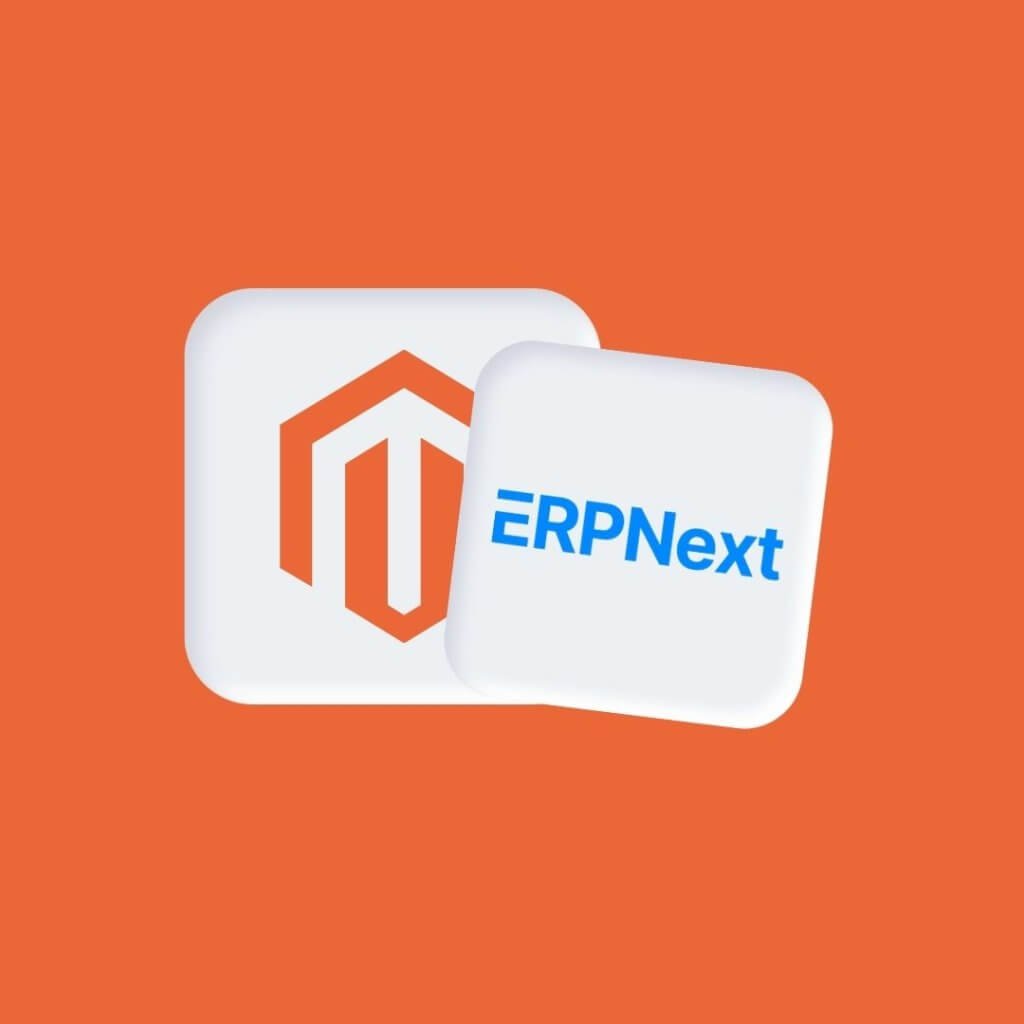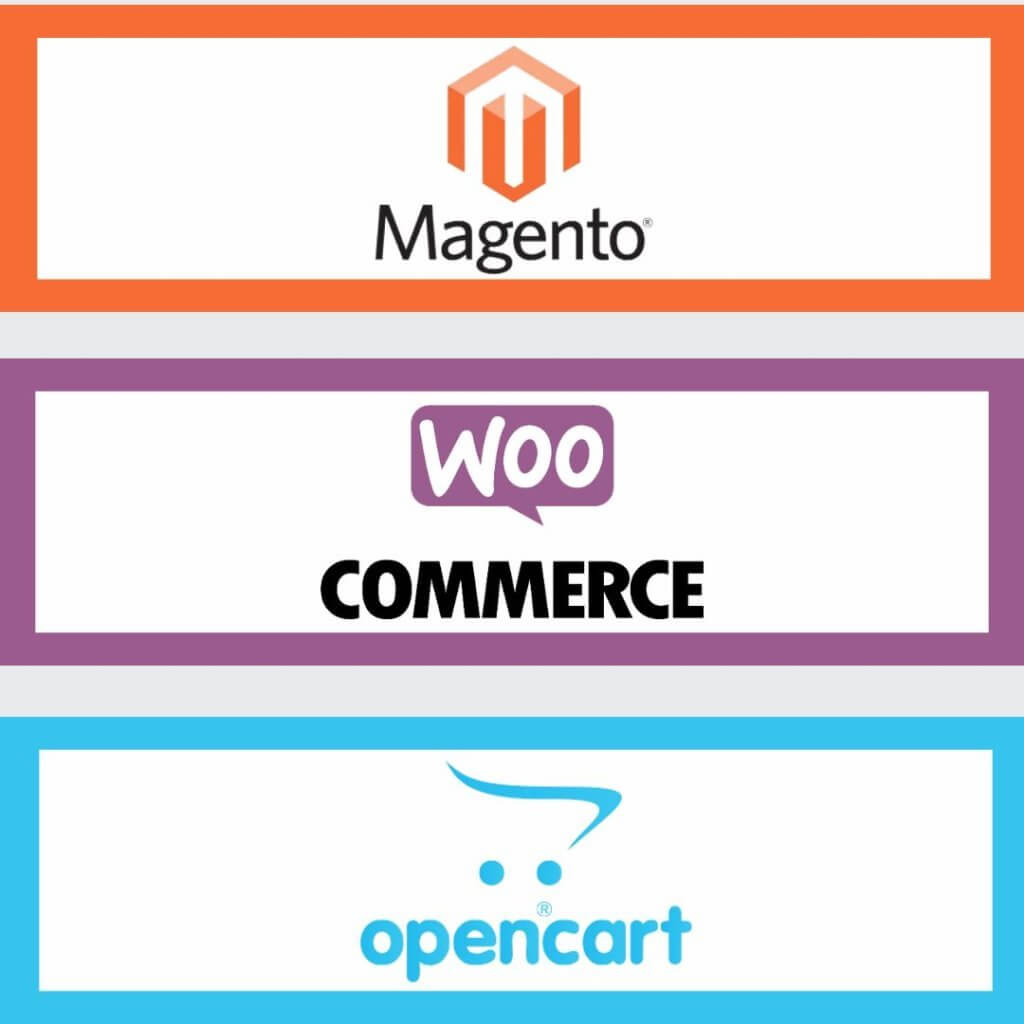
Starting a new online sports store or expanding an existing one is a great business idea right now. Given how competitive things are getting, it’s important to look at everything to make sure you don’t get lost among all your competitors. To help businesses with this process, we have made a list of the most important features for your sports e-store on Magento. Furthermore, you’ll learn how to turn your profitable online sports shop into a sports market. Let’s begin.
Overview of the sports electronic commerce market globally
Companies spend a lot of time and money on electronic commerce, and there is a lot of it in the sports niche.
Recent years have seen a rise in the popularity of trading in sportswear, accessories, and inventory. 2.7 billion people worldwide participate in sports at least once a month, according to research from the Boston Consulting Group and Sports United. Because of this, the number of possible customers for online stores that sell sports goods is pretty amazing.
There are other causes for the popularity of the sports industry:
- Reasonably uncrowded market niche
- Numerous sports, the emergence of new disciplines
- Large selection of items
This market segment is a great chance for ambitious new business owners because there aren’t many established competitors. A significantly distinct assortment, a reasonable pricing structure, and a wide selection in other product categories can help businesses avoid competing with established, huge sports stores.
But because the business requires a certain set of skills, you should talk to experts who know how business and e-commerce work and can help you design and build an online sports store.
There are three types of online sports retailers:
Branded: A prestigious store that sells recognizable brands’ distinctive merchandise.
Specialized: An online business that only sells items from a few different places is great for people who are just starting and don’t have a lot of money.
Multifunctional: A large trading platform with a wide range of offers in many sports The level of competitiveness is higher here.
Regardless of the concept chosen, a business plan explaining the project’s contents is required. This includes, but isn’t limited to, a summary of the main goals, the way the market works, the structure of the company’s management, the methods of development, and cost projections.
The Most Important Sports E-Commerce Market Insights
In the past few years, the international sports business has grown quickly and is now worth $1.1 trillion. Digital advances are brought about by the growth of e-commerce (such as wearables, for example). The growth of sports e-commerce has also been greatly impacted by the pandemic. From a study of 19,000 sports market consumers around the world between January and March 2021, we learned the following:
Participation rate rise
In 2025, an estimated 3.5 billion people will participate in some sort of sporting event, making sports slightly less popular than traveling as a form of recreation around the world.
Digitalization
This shift from analog to digital forms of communication is the single most important development of our era. The sports industry has also been impacted by digitalization. By 2020, 830 million people are expected to use fitness apps or wearables, and 56 percent of athletes polled expect to use these devices to track their progress and train online using sports-specific apps.
Market expansion
The retail sale of athletic goods accounts for $475 billion of the $450 billion global sports market. This amount is expected to grow by 7% every year until 2025 when it will reach $670 billion. This is about 1.5 times faster than the growth rate of the global GDP.
Winning techniques
In the sports e-commerce market, you can beat out the competition by doing more than just promoting your brand. First, by becoming a big store. Second, by focusing on the vertical market (to fill a specific niche in sports). Because some customers are more inclined to look for products in a particular specialty, like tennis, golf, or cricket, specialized sporting goods businesses are 2-3 times more likely to be a preferred site of purchase for sporting goods or equipment.
How E-Commerce Helps Sporting Goods Manufacturers Overcome Obstacles
How does e-commerce deal with the problems that sporting goods makers face because of the sharp rise in demand over the past few years?
Offline retailers frequently deal with growing competition, declining price demand, and seasonal need. Let’s examine how creating an online sports retailer can address these issues.
Many different client interests
The interests of clients may occasionally alter depending on numerous aspects, including seasonality. Traders who do business offline often have trouble with out-of-date stock and not enough new suppliers. If you run a business selling sporting items online, you may offer your consumers whatever make or model they like, which will not only increase your sales but also your profit margins.
Promotion
Unlike brick-and-mortar stores, online marketplaces make it easier to use cross-selling and up-selling strategies, which are ways to make more money from the same order. When combined with marketing and advertising capabilities, it also makes it possible for an online company to draw in a sizable consumer base. You can build a multichannel sales platform to give users a smooth experience and get more sales.
Competition
The sporting goods business has experienced exponential growth and ferocious competition. You’ll see everyone involved as competitors, whether they’re a physical store, a gym, a service provider, or an online retailer. However, if you run an e-commerce business, you can hold your own or even outperform the competition so long as you give your clients many entry points.
Inventory control
Offline retailers often find it hard to keep their stock up-to-date based on what customers want and what time of year it is. In the case of traditional retailers, the owners must plan and update their stock so that they don’t lose sales because of goods that aren’t available or are out of date. Most online stores that sell sporting goods can use consolidated inventory to make management more efficient and keep products from being undersold.
Margin declines
When it comes to having actual sporting goods stores, one of the most serious challenges is reduced margins. The prevalence of stock shortages is exacerbated by rising labor costs, operating expenses, product prices, and warehouse space rent. Because of this, offline store Owners have to solve this problem online, which they can only do with an e-sports commerce platform.
How to Build an Online Sports Store on Magento
Choosing the best e-commerce CMS can be challenging today because there are so many options available. We have a lot of experience building e-commerce sites, so we can suggest that you set up an online store on Magento. These two CMS share a lot of similarities. Since they are both open-source and have large communities of developers and store owners, you have a lot of ways to customize and scale them as your business grows.
Magento is one of the best platforms in the world, and it has a lot of well-known clients. It might be regarded as the e-commerce CMS de rigeur. There are seemingly countless Magento 2 setups and options. If the United States and the United Kingdom are your target markets, this platform is an excellent choice.
Basic Magento features for online stores
We list the important Magento features that your online sports goods store must have:
- Home page: The user will begin all of their activities on the site from the home page. Users are directed to the website’s information and products from this page. However, it’s crucial to remember that the homepage is simply the beginning of the user’s journey, and that transferring them from the homepage to the other relevant pages as rapidly as possible can increase the likelihood of a conversion.
- Product Catalog: To assist potential customers in making educated purchasing decisions, businesses often publish product catalogs. Features, descriptions, measurements, cost, weight, availability, photos, and other information are included in these specifics.
- Product specification: delivery information, price, customer reviews, and other critical details that customers will need to know before making a purchase should all be included on the product detail page. The optimum spot for this information is next to a real-life image of the product and a “add to basket” button.
- Cart and checkout: When purchasing on an online site, a customer goes through a sequence of stages known as the “checkout process” to pay for the goods they have added to their “shopping cart.” An easy-to-use user interface is a major consideration during design. To accomplish this, we must connect with various payment and delivery service providers according to each individual’s preferences.
- Login/registration and personal profile: Customers must be able to log in and register on your site before you can collect the data you need about them and keep them coming back.
We’ve already settled on the website’s primary purposes, but what about the opposing viewpoint? The following administrative features ought to be available on your online athletic goods store:
- Order management: From this list of all the client’s orders, you can manage them as necessary, including providing them with pertinent information, altering the order status, generating invoices, getting ready for shipment, and canceling the order.
- Product management: You may manage all of the products on the website using product management. You can, for instance, add new items, update current ones, and remove unused ones. You can also set up the right category structures and put the products in the right places. An import and export option is also offered to add or update products in the system.
- Content management: This enables simple management of the website’s content. The site’s pages can be edited and new ones added. Additionally, pages can be erased if necessary. Also, all of the website’s content can be managed and changed without the help of a developer.
- Customer management: With this feature, you can see all the information about the people who have signed up on your website. You will be able to view the specifics of each user’s activity on the website. With this collected data, you may be able to learn more about your customers and make changes to your website based on what you find out about what they want.
- Settings and configurations: The box comes with a range of settings and configurations, so you won’t need a developer to make the most fundamental changes.
- Cart price rules and catalog price rules: You can set the conditions for online sales with the use of tools like “Cart Price Rules” and “Catalog Price Rules.” For instance, it might apply to every item in the catalog, and administrators or all users might set up particular scenarios and clientele groups to take advantage of sales prices. If you don’t want to manually regulate this parameter, you can also set the length of each sale condition.
Popular e-commerce extensions for your Magento sports store
Magento’s real competitive edge is its huge library of add-ons, which give it many new features and functions. For a sports shop selling goods online, these add-ons are among the best:
1. Products related to automation
The Magento 2 Auto Related Products extension makes it easier for shoppers to find what they want and finish their purchases by putting related products next to each other. By showing your customers relevant products, you can increase your store’s revenue by making smart product suggestions and raising the average order value.
2. Integration of Instagram
Magento 2’s Instagram Integration makes it simple for merchants to connect to the Instagram network. Because this social network is growing so quickly, it also helps bring in more clients. You can make different Instagram widgets that you can put anywhere on your website. Customers are more likely to buy from your store if you show them attractive visual materials about your products and include call-to-action features.
3. Recent products viewed
An online store’s success is significantly influenced by the shopping experience of its customers. So, you should make it as easy and unobtrusive as possible for people to look around your online sports goods store. Using the Magento extension, Recently Viewed Products, your logged-in customers may keep track of the products they’ve seen most recently and return to them at a later time. Additionally, this module will allow users to display as many products as they like.
4. Product Accessories
Using the products your customers buy and the Magento Product Accessories add-on, you can guess their needs and wants. By adding a simple “add to cart” checklist with just one click, you can add these extras to the main product on the same page right away. This module will help increase sales by giving buyers the chance to buy extra items or get free extras on the same page. This makes it much easier for the buyer to find what they want and makes you more money if they buy something else in addition to their original order.
Make your online sporting goods shop unique with a few custom-built features
Below, we list the custom features that will work for your online sports goods store and give you ideas for how to set them up:
1. View of the screen for the exercise equipment
This can be done as a demo where customers manually choose various menus and utilize the simulator’s exercise equipment on their own to experience how it works. It can also be given in the form of a movie that shows how a piece of fitness equipment works.
2. Choose today
If the business has a network of physical stores, customers might be able to place orders at the store of their choice and pick them up without having to pay for delivery. The user must check which stores have the item they want in the quantity and size they need. You have the option to show a map with these stores’ highlighted geolocations in addition to just listing them.
3. Test drive
If your website sells products (like exercise equipment) whose worth and functionality can only be determined through actual usage and cannot be determined during an inspection, you can charge consumers to test-drive those products for a set amount of time.
4. Recommendation algorithm
Every person who buys sporting goods has different goals and reasons for doing so. For a company to increase sales and get people to buy from them again, it must offer useful products. When a user types in a goal, like “lose weight,” “gain muscle,” or “improve flexibility,” the website will show the right options.
5. Offers in spare parts
The people who sell sports and exercise equipment know how long it takes to replace a certain part. You can recommend this to the customer and remind them of it by putting the needed spare parts on a personalized mailing list.
Themes for an online athletic goods store using Magento
You must decide, among other things, if you can get by with a pre-made theme that you modify or whether you require a theme that is entirely custom-made to meet your requirements. As experts in the development of e-commerce, we can say that each choice has pros and cons. A ready-made function will be much cheaper for you, but a custom theme will be made just for you and will have its own set of features. It’s ultimately up to you. You can utilize the following templates for athletic goods stores that are widely available:
Athlete 2
For owners of Magento stores, Athlete 2 is the ideal theme. With numerous fantastic features like a revolution slider, one-step checkout, and rapid browsing, it works with any kind of sports store. It also includes a strong mega menu and adaptable extensions. It is impossible to ignore, and shoppers will be drawn to its rich and varied color scheme.
Maxsima
You require Maxsima to set up an online store for sporting items or equipment. The theme has great functionality, a modern design, and a powerful admin panel. It has everything you need to build a finished product.
Configurator
About 691 customization possibilities and various integrated applications are available in Configurator’s backend. This theme can be changed in almost any way you want for your online sports goods business. Instead of merely being a generic theme, it serves as a store-wide configurator. For ease of use, all options are logically categorized into tabs. In addition, numerous features and apps have been incorporated for targeted conversion optimization.
How much does building a sports-themed internet business using Magento cost?
Depending on the needed functionalities, an online sports store’s development cost can vary. The approximate minimal cost for basic functionality is shown in the table below. If you need more ready-made or bespoke features to create a fully functional product, the price will go up.
What It Takes to Turn Your Magento Sports Shop Into a Marketplace
Over the past several years, the marketplace model has surpassed all other e-commerce models, making up more than half of all e-commerce transactions. The market has evolved into a simple entry point where small enterprises may compete with major brands.
Basic Magento features for online markets
Its functionality is made up of the options and tools on the site that help users solve certain problems. By the way, the site works: users are finally led to the desired action, which is to buy something or order a service. Such fundamental features ought to be available on your online sports market.
Every user can
- Join the platform as a seller.
- Be both a buyer and a seller simultaneously.
- Review and rate the product.
- View all of the product information offered by the vendor.
- You can use the same shopping cart to buy something from a different vendor.
- Having numerous vendors’ products in your shopping basket allows for one-time checkout.
- See the seller’s page for all the further information.
- For the seller, including reviews.
For sellers:
- Dashboard: The dashboard has all the data and statistics that online store owners need to evaluate and improve their sales.
- Settings: seller’s profile can be changed to include any information about a business that a buyer might need.
- Product management: It’s easy for every seller to add, change, or remove items from their storefronts.
- Order management: Vendors can view all orders that customers have placed in their store, along with specifics about each order.
Admin can
- Set the seller’s automatic approval as desired.
- Choose to automatically authorize purchases made from the merchant.
- Manually accept or reject a seller or a seller’s merchandise.
- For a seller, many products are assigned.
- Review the product details provided by the seller (you can update page settings).
- Decide on the commission rate.
- Keep track of the latest order, the total order, the total purchasers, and the seller’s income.
- Create marketplace-specific emails using templates that the admin can utilize as desired.
- View a list of every seller in the marketplace in one location.
Popular e-commerce extensions for your Magento sports marketplace
By far, the most significant gain from Magento add-ons for marketplaces is the time and effort they save. We’ve put together a list of the best tools for your sports marketplace so that you can get the most out of your work and make it more successful:
1. Split order
With the Split Order extension, a seller can divide a single order into multiple part orders. For each order ID, the administrator can create unique invoices and shipments. Each item in a multi-item order will have its own unique order ID, and the consumer will be able to access all of these IDs in their order history with ease. This makes managing orders much simpler and easier.
2. Bulk upload
With XLSC, CSV, or XML files, merchants can add products to their store using the Mass Upload extension. Configurable, virtual, and download-only product categories are supported by such file add-ons. You only need to put the name, price, description, and promotions, as well as the photos of the products, in the file details.
3. Supplier subdomain
With the Vendor Subdomain Extension Module, individual vendors can set up their custom domains within the marketplace. The extension gives each marketplace seller its URL, so customers don’t have to log in to marketplacedomain.com/seller to look at and buy goods. Instead, they can just go to seller.marketplacedomain.com.
4. Offer as a brand
Through this extension, a shop administrator can create several brands and even allow suppliers to use the “Sell as a Brand” functionality. In the seller panel, vendors can create brands and ask the administrator to approve them.
How much does a Magento sports marketplace development project typically cost?
Cost estimates for multi-vendor marketplaces are notoriously inaccurate because of the many factors that go into them, such as the fact that each organization has different needs.
For instance, the initial investment for a Magento marketplace solution is roughly $20,000. However, this will increase based on the additional features that your company needs. Due to the complexity of the development process, there are a lot of things that affect how much the finished product will cost. So many factors must be taken into account when creating a successful e-commerce platform.
Below is a list of the tasks we’ll be performing so you can get a feel for how much effort is required:
- System required details
- Development of interfaces and experiences for users (the look & feel and behavior of the marketplace)
- HTML and CSS that are flexible (so that your marketplace works properly on any device)
- Front-end development (user interactions in the browser)
- Programming in the backend (server-side business logic and database architecture)
- Adoption tests (manual testing)
- Setup of the server and hosting
Final words
A complete software application is a marketplace for online stores or sporting goods stores. When picking an online store, internet customers look for elements like a clear layout, an easy transition to the relevant sections and pages, graphic product cards, straightforward sales, and a payment mechanism.
Using Magento, you can make a project that looks great and works well. You can count on our assistance. For your e-commerce needs, we have solutions that are not only effective but also ahead of the curve, thanks to our familiarity with current best practices and industry trends.
Request consultation from us for the project you want. Create awareness in the sporting goods sector by being the first to innovate.
 Hubspot SEO Certified |  Hubspot SEO II Certified |  Google Ads Search Certified |  Google Analytics Certified |
Sreehari N Kartha is a skilled Digital Marketing Analyst at Ceymox, certified in SEO. His expertise encompasses a wide range of digital marketing strategies, including managing advertising campaigns on platforms like Google Ads, Facebook Ads, Instagram Ads, WhatsApp Ads, and LinkedIn Ads. With a strong foundation in SEO and SMM, Sreehari is adept at optimizing online visibility, driving engagement, and generating qualified leads and conversions. His passion for emerging technologies, such as Crypto, NFTs, and Web3, further complements his skillset, enabling him to navigate the dynamic digital landscape.
View All Articles
